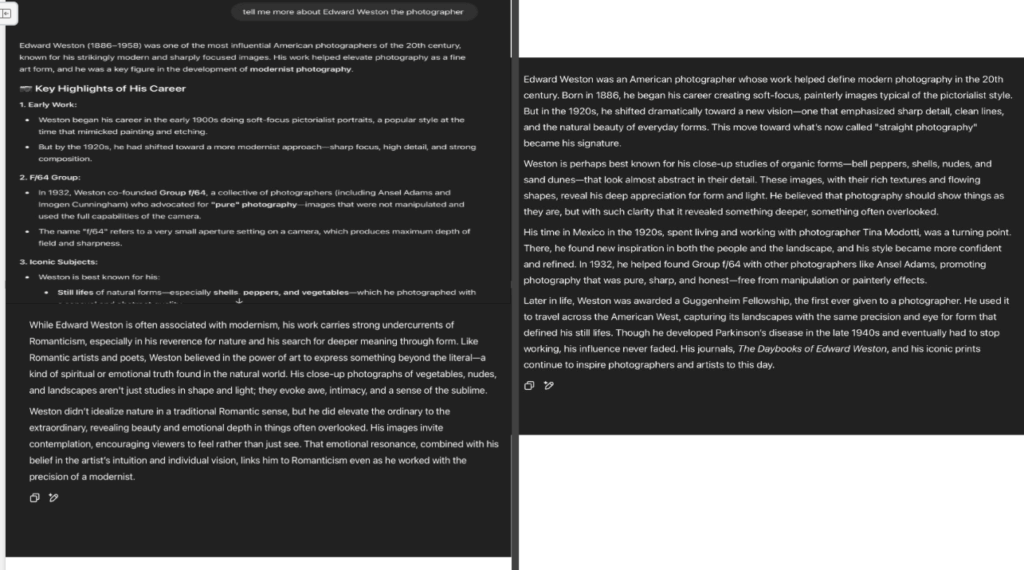Edward Weston, born on March 24, 1886, and died on January 1, 1958, was a famous American photographer who was called “one of the most innovative and influential American photographers”. Over his 40-year career, he photographed a diverse set of subjects, including subjects like, still life, landscapes, nudes, genre scenes, portraits and so much more. He received a Guggenheim fellowship (he was the first ever photographer given a fellowship like that). With the fellowship, he used it to travel around the American west, photographing its beautiful landscapes and it also allowed him explore his fascination with still life and over the next two years; after receiving his fellowship, he created nearly 1,400 negatives, which he did so with his 8 x 10 view camera.
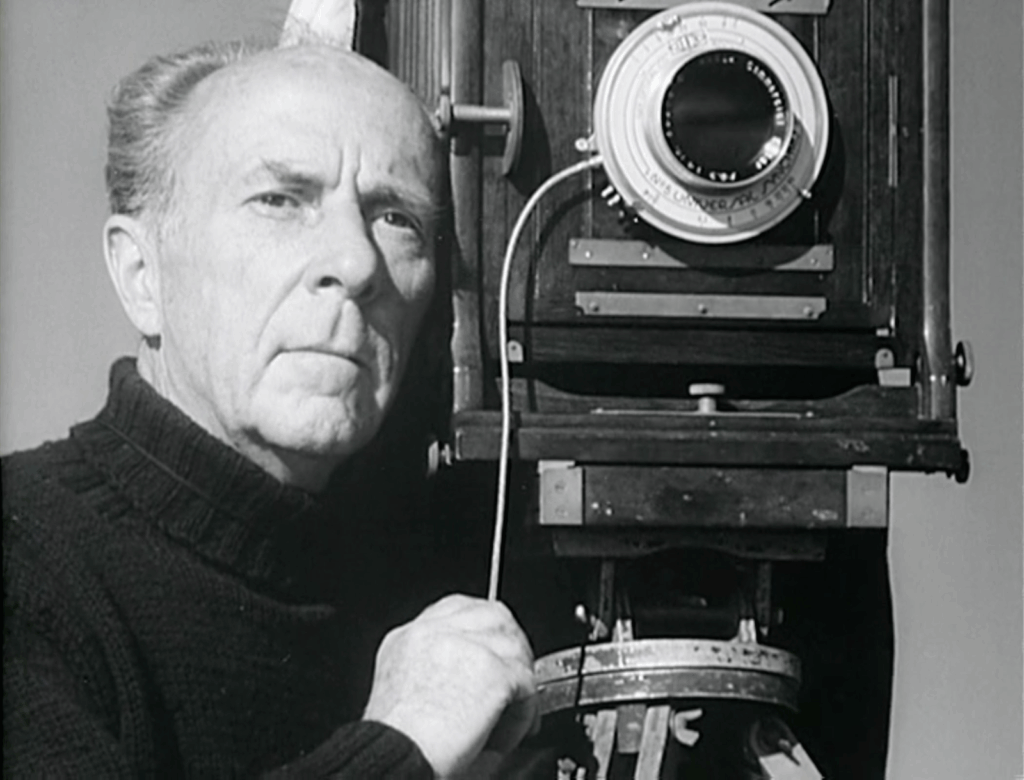
Weston was born in Chicago and moved to California when he was the age of 21. At an early age, Weston knew he wanted to be a photographer, and his work started off as a soft focus on pictorialism, which was popular at that time. After a few years, he ditched that style and progressed to be one of the biggest champions of detailed photographic images. He progressed to produce images that focused on the clean lines, sharp details and natural beauty seen in everyday forms.
Weston helped define modern photography in the 20th century and he was known for his zoomed in approach to organic forms like bell peppers, nudes and shells. These images that he produced were heavily rich in detail, textures and shapes. It was said that he believed that photography should show things as they are but have this clarity of something deeper within.
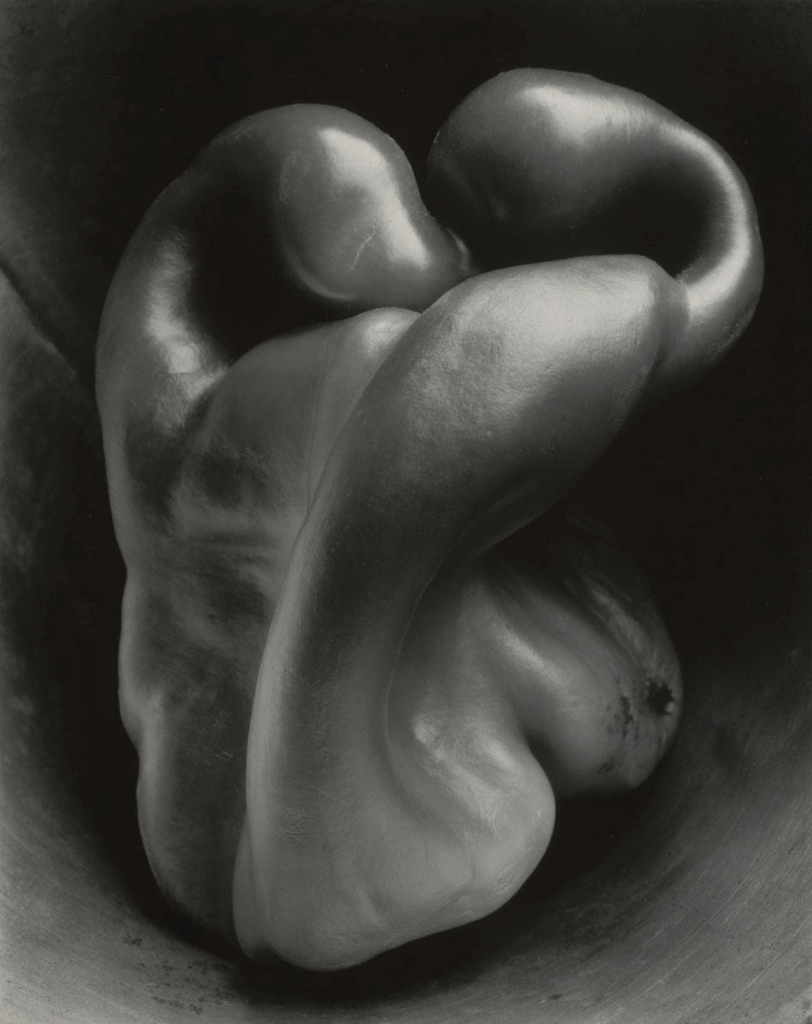
He stated, “The camera should be used for a recording of life, for rendering the very substance and quintessence of the thing itself.”
He spent time in Mexico in the 1920s, where he photographed and worked with Tina Modotti. This was a major turning point. This time spent in Mexico allowed him to gain more confidence and inspiration, especially in people and landscape. In 1932, he helped found the Group f/64 with other photographers like the famous Ansel Adams. This Change promoted photography, which was sharp, pure and honest. It was free from any illusion and manipulation.
Many of his works, followed certain movements like modernism and romanticism. A lot of his work had inspiration and traces of romanticism especially when he photographed nature and where he researched for a deeper form within. His close-up photographs of bell peppers, nudes and landscaped, provoked awe, a sense of sublime and intimacy which was what made his work so influential. Even though, Weston did not idealize nature and saw it in a romantic way, he simply made ordinary into extraordinary which often revealed hidden and overlooked beauty.
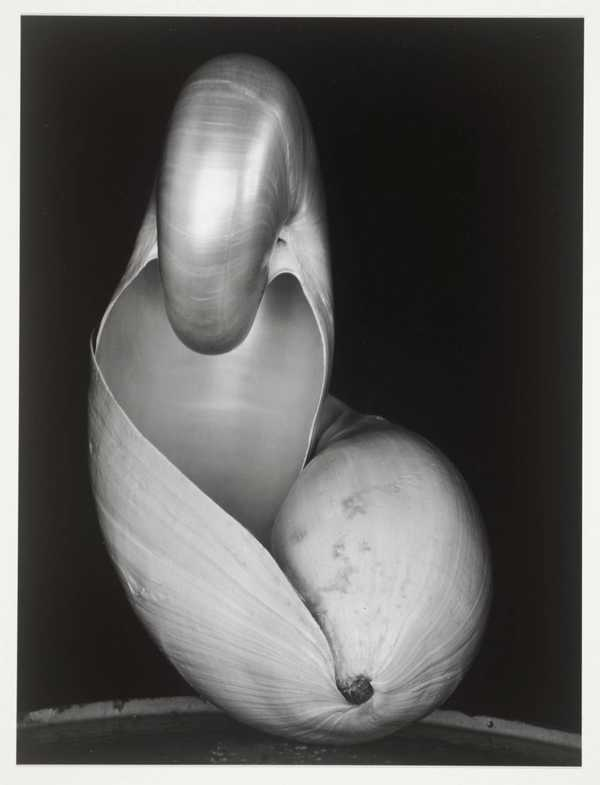
Sadly, Weston was diagnosed with Parkinsons disease in 1947 and stopped taking images but his influence never stopped and neither did his success. He spent the remaining 10 years of his life overseeing the printing of more than 1,000 of his popular images. Many of his works still inspire many, one of them being ‘the daybooks of Edward Weston’. His prints also inspire photographers and artists which itself proves how Edward was an influential man
More of his works seen below,
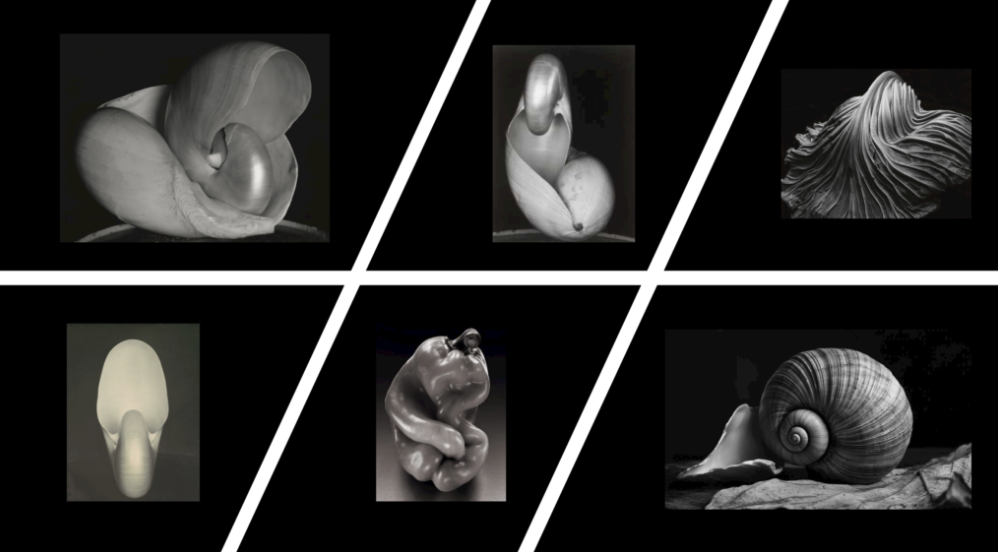
References:
https://en.wikipedia.org/wiki/Edward_Weston
https://www.tate.org.uk/art/artists/edward-weston-2720
From Chatgpt: https://chatgpt.com
